
Types of Offshore Equipment & Structures
Fixed Platforms
A “fixed” platform is a permanent, immobile structure built on legs resting on the sea floor. Typically, they are constructed at locations where a drilling vessel has already located oil or gas resources. Workers on fixed platforms are generally covered by the provisions of LHWCA if their injuries or death were caused by actions of the worker’s employer or co-employees. Negligence claims against non-vessel third parties are brought under Louisiana law (or the law of the adjacent state).
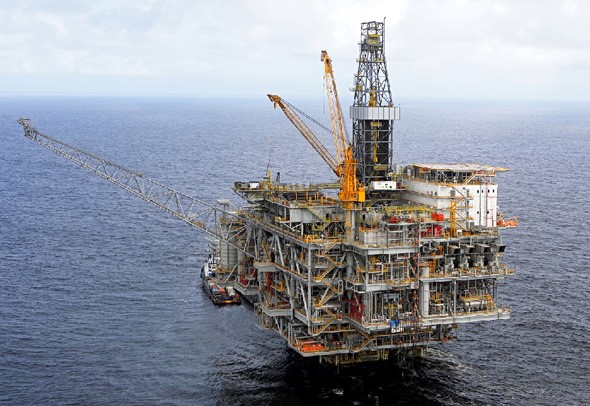
Jackup Rigs
Despite looking a lot like a fixed platform, a “jack-up” drilling rig is actually a vessel. It typically has long legs on the corners of a barge type hull that can lower or raise the rig in and out of the water. A “jack-up” is a vessel even when it is working with its legs on the bottom. Workers aboard a jack-up-rig are generally Jones Act seamen if they are part of its regular crew. “Jack-up” rigs are most frequently used in the shallow coastal waters of the Gulf of Mexico.
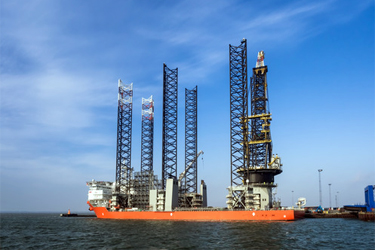
Semi-Submersibles
Although it looks like a fixed platform, semi-submersible drilling rigs are vessels. They feature drilling decks raised on columns above submarine hulls. They can be towed into position by a tugboat and anchored or moved by and kept in position by their own azimuth thrusters with dynamic positioning. It is consider a vessel and its’ regular crew members are Jones Act seamen.

Crew Boats
Crew boats are the fast “maritime taxis” of the offshore oil industry. They are principally used to transfer personnel from vessels and platforms which are not so remotely located in the Gulf of Mexico as to require long range helicopter service. The crews are Jones Act seamen.
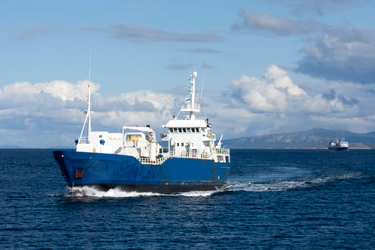
Offshore Supply Vessels
Offshore supply vessels, or “OSVs,” are the work horses of the Gulf of Mexico. They transport tools, food, drilling supplies, and all manner of items to the oilfields and the drilling vessels and platforms in them. They are often used as “stand-by” vessels in case of emergencies. Cranes typically move supplies to and from these vessels. The crews of offshore supply vessels are Jones Act seamen.
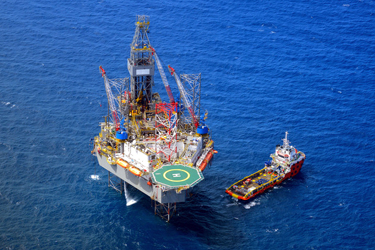
Drill Ships
A drill ship is a vessel which has a conventional hull above which a drilling derrick is mounted. Because it is a ship, it does not need tugboats to keep it in place during operations. This specially equipped vessel can drill in very deep waters. It is a vessel for Jones Act purposes. Image credit: Nunatsiaq Online
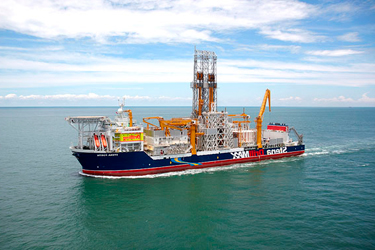
We represent workers who are injured in many different circumstances working on these structures.
Roustabouts
Roustabouts do most of the heavy work on a rig from assisting in cargo transfers to clean up work. They work under the direction of the crane operator. They make things happen, physically do all of the work and are also the most likely to suffer an injury of anyone on the rigs. We frequently represent roustabouts who have been injured through no fault of their own.
Floor Hands
A floorhand is typically the newest member on the service rig team. Sometimes called roughnecks, there are usually one or two floorhands on each service rig team. Roughneck or floor hands are workers who work on the drill floor of a drilling rig handling specialized drilling equipment for drilling and pressure controls. They work with dangerous equipment which can easily lead to an injury.
Floorhands assist the other members of the service rig crew, performing manual labor and odd jobs as assigned. Floorhands often fill in, lending a hand with a variety of jobs. They are fequently injured on the drill floor while tripping in or out.
Service Company Hands
Offshore service hands perform many different specialty jobs associated with the offshore drilling industry. They can be injured when they come aboard a rig to perform their work. They will usually not be Jones Act seaman if they are not regularly assigned to one vessel for an extended time. Service hands will have maritime negligence claims against any company causing their injury.
Drillers
The Driller is in charge of the drill crew and ensures the safe completion of all operations on the drill floor including daily preventative maintenance of all equipment. The Driller is responsible for drilling the well within the parameters specified by the operator and maintaining control of the well at all times. The driller reports to the toolpusher who is the senior member of the drill crew. Drillers are sometimes injured while performing their duties on the rig floor.
Derrick Man
The Derrick Man is a senior member of the drill crew and reports to the Driller. Responsibilities include pipe handling during tripping operations and maintaining and repairing mud pumps and associated equipment while drilling. The Derrick Man monitors the properties of drilling fluid being pumped down hole and treats the fluid on a regular basis to maintain those properties. Occasionally, the Derrick Man is required to be high in the derrick where he can be subject to injury.
Captains and Pilots
Captains or pilots are responsible for the safe and efficient operation and performance of this crew and vessel. The captain/pilot must also strive to see that company policy rules and regulations are followed. He should be conducting monthly drills and safety meeting in accordance with policies and procedures. Offshore, he is responsible for the safety transfer of cargo and personnel from and onto the right. He should insure that work is completed in accordance with company safety policies and practices on how to do jobs properly and monitor performance. He should enforce all company policies and vessel specific guidelines on board all vessels. Many times, crew members are injured because the captain allows an unsafe work practice or does not adequately train crew members.
Deckhands
Deckhands on offshore vessels such as crew boats or supply boats assist in the loading and discharging of equipment onto and from various offshore structures. They are responsible for tying off vessels when they are in port. They also perform a variety of tasks which include but are not limited to standard housekeeping duties, painting, chipping, transferring rigging, vessel maintenance, fuel transfers and cooking. These duties are performed in all types of weather, day and night, while the vessel is underway. Deckhands must be capable of lifting or moving objects that are heavy and awkward. Deckhands work under the supervision of the vessel Captain and live, eat and work aboard the vessel.
“Without any reservations, I recommend Lamothe Law Firm to any attorney who needs associate counsel in maritime cases.”
“We are pleased as is our client. It occurred to me this morning that our relationship with you and your firm extends beyond the 30 year mark… I wanted to say thank you and to assure you that we would continue to associate you in every instance of maritime employment in which we are fortunate enough to be involved.”


